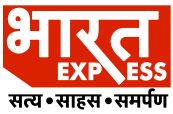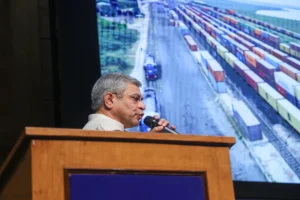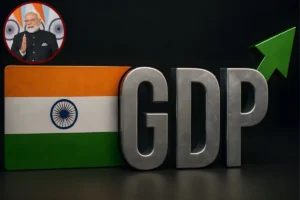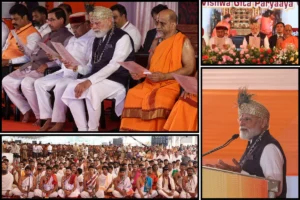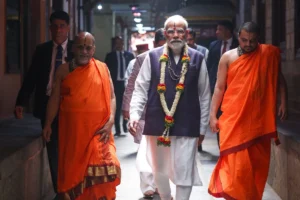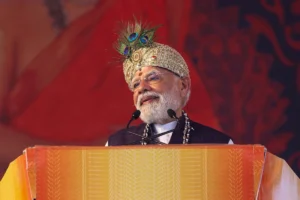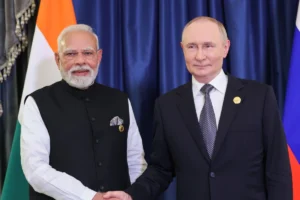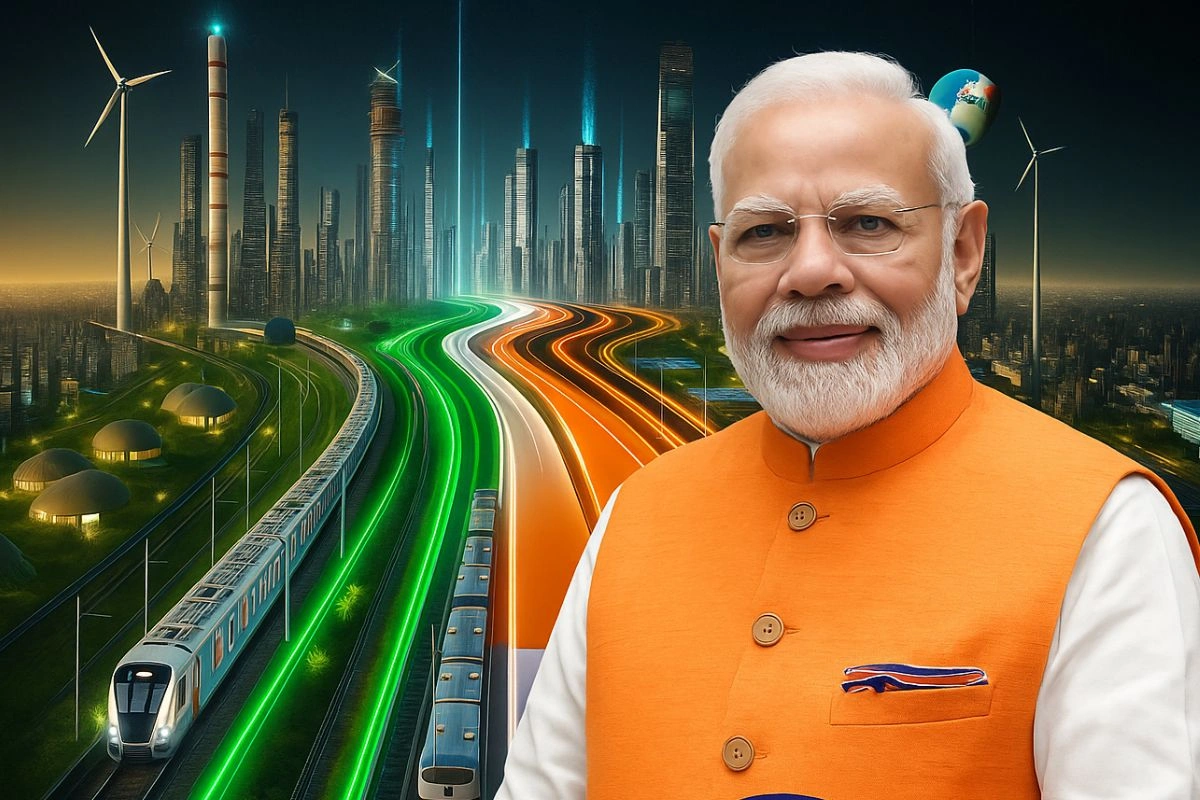
The PM Gati Shakti Plan has cut India’s logistics costs from 13–14% to 7.8–8.9% of GDP, according to the NCAER report ‘Gati Se Pragati’.
India closes in on global logistics standards
While India’s logistics costs remain higher than the global benchmarks of 6–8% observed in developed economies, the reduction marks a significant stride toward achieving world-class logistics efficiency.
India’s improved ranking in the World Bank’s Logistics Performance Index (LPI), moving from 44th to 38th in 2023, reinforces this positive momentum.
Gati Shakti: A game-changer in infrastructure coordination
The PM Gati Shakti National Master Plan stands as India’s most ambitious initiative for infrastructure coordination.
The programme has created a robust institutional framework and early successes in inter-agency collaboration, aiming to fundamentally transform how the country develops connectivity and supports economic growth.
Seven infrastructure engines drive the strategy
The plan operates through seven key ‘infrastructure engines’:
- Roads
- Railways
- Airports
- Ports
- Waterways
- Mass Transit
- Logistics Infrastructure
Each engine contributes uniquely to India’s connectivity ecosystem. The government has set bold targets, including:
- Expanding national highways to 200,000 km
- Boosting railway freight capacity to 1,600 million tonnes
- Establishing 200–220 new airports
- Achieving comprehensive multi-modal integration
Economic and social benefits
According to the report, every ₹1 invested in infrastructure generates between ₹2.5 to ₹4 in economic output, with roads and railways showing the highest multiplier effects.
The socio-economic benefits also include job creation, regional development, sustainability, and improved quality of life.
Implementation challenges persist
Despite these gains, the programme still faces several challenges:
- Funding gaps
- Regulatory hurdles
- Land acquisition delays
- Coordination issues between central and state agencies
To overcome these barriers, the report recommends:
- Adopting real-time project monitoring systems
- Creating dedicated financing mechanisms
- Encouraging private sector participation through innovative models
- Strengthening capacity-building among implementing agencies
Political will and technology key to future success
The report concludes that the long-term success of PM Gati Shakti hinges on sustained political commitment, adequate funding, and a dynamic approach to project execution.
Enhancing technology adoption, private investment, and institutional efficiency will be critical for accelerating India’s infrastructure-driven economic transformation.
Also Read: When Trust In The Skies Shattered: Preliminary Report On AI171 Crash Reveals Flight’s Final Minutes
To read more such news, download Bharat Express news apps
